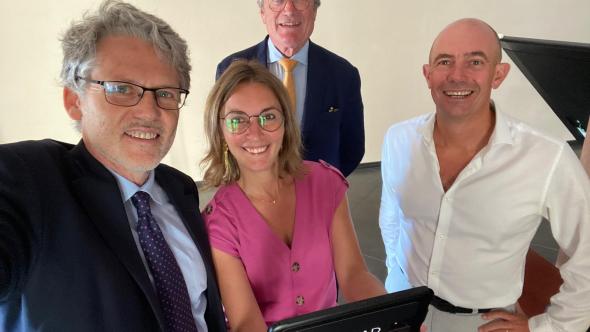Axel Tixhon, scientific guarantor of a historic augmented reality project
This is a first in Wallonia! The Citadelle de Dinant now offers an augmented reality tour that plunges visitors right into the heart of its history. At the helm: the French company Histovery, specializing in heritage reconstructions, with scientific support from Axel Tixhon, professor in the History Department at UNamur.



